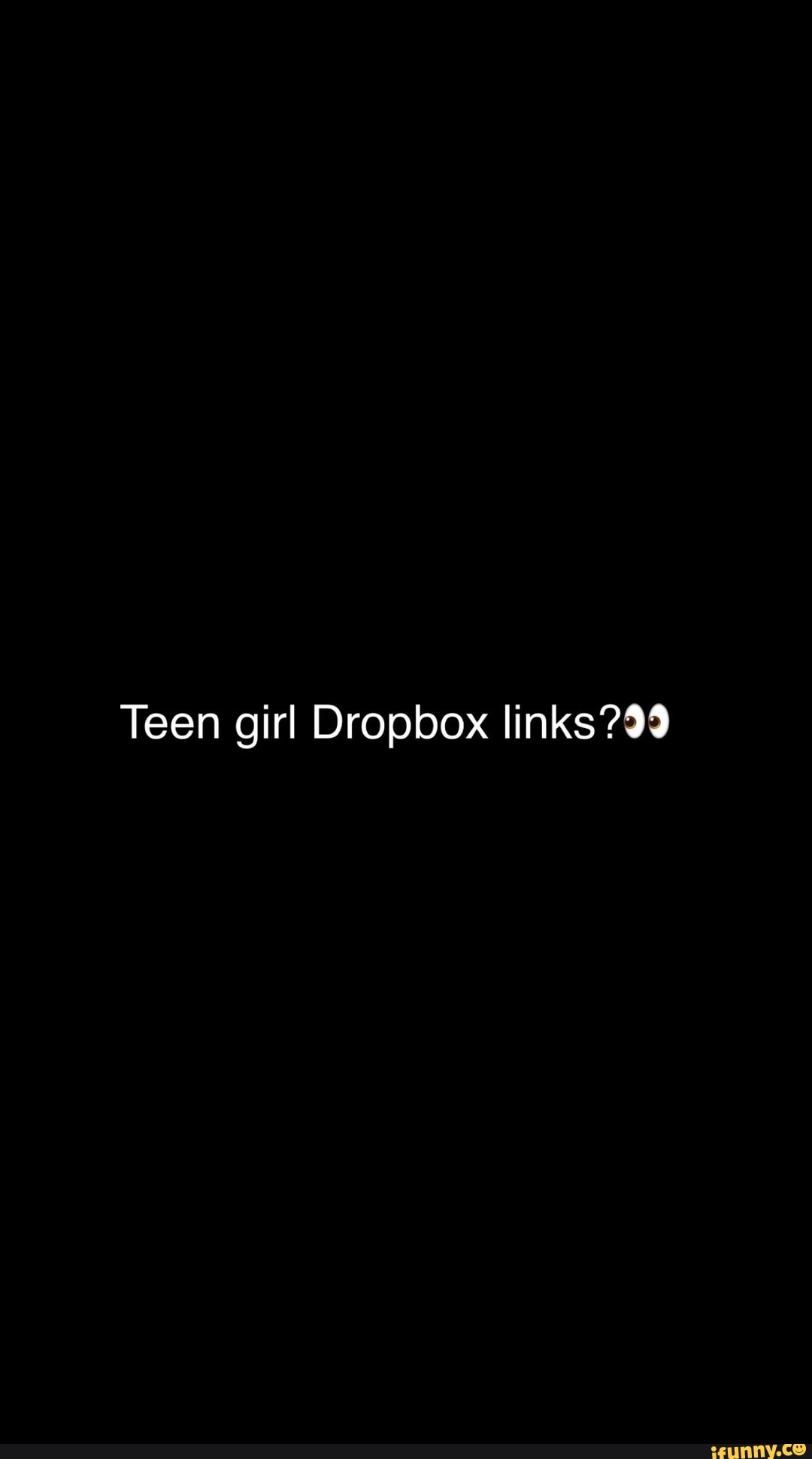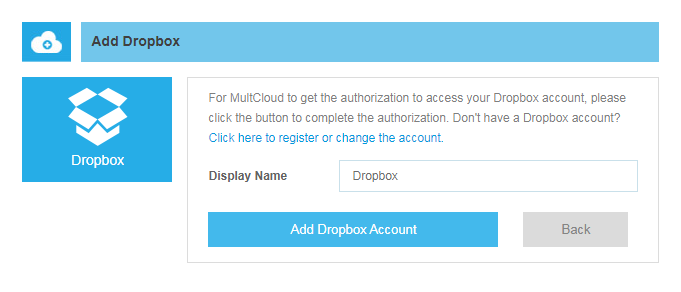

Like many CEOs, Houston is doing what he can to predict and adapt to the changing work environment, both for Dropbox’s employees and its customers. “A company that doesn't offer that flexibility will quickly look as archaic as a company that doesn’t have a website.” For a successful operations plan: be adaptable and iterate “People will leave companies where they don't have flexibility for companies that do,” Houston said. Those jobs are also reshaping hiring packages, as more and more candidates require workplace flexibility from potential employers. While the pandemic has been a learning experience for his company, Houston said its impact has also been a “huge tailwind on recruiting.” Before the pandemic, jobs at companies like Dropbox were limited to people who lived close to big cities like San Francisco, New York City, or Boston. ‘Location agnostic’ jobs have expanded talent pools “And they're not going to fly in for meeting, so guess what, you're commuting to be back on Zoom, which is a new circle of hell in an open-plan office.” “That throws a wrench into all the models because then you're going to the office, but you've got that one person on your team who's really remote,” Houston said. The in-office requirement also wasn’t practical for employees who had moved out of state. Going remote-only was not an option for us.”Īt the same time, Houston didn’t want to order employees to be in the office for a set number of days each week, because workers would still be tethered to their desks in half-empty offices. But there's no substitute for the in-person experience and technology can only go so far to simulate that. “You have a lot of flexibility, you don't have to commute.

“There's so many great things about the remote environment,” Houston said.
The company is taking a regional approach to reopening studios and has reopened a few locations.ĭespite the closures, Houston said he’s happy with the virtual first approach. “If you really curate that experience, make it great and focus more on how do we really bond and build relationships … our belief is that gases up your relationship tank and that carries you forward for the rest of the quarter, and then every quarter you repeat,” Houston said.īut days after the studios opened this summer, Dropbox employees around the world were sent home due to rising COVID-19 cases and the onset of the delta variant. The permanent studio locations include San Francisco, Austin, and Dublin, Ireland. In October 2020 Dropbox announced a “ virtual first” working model in which employees would spend most of their time at home but also schedule visits to a “ Dropbox Studio” for in-person work with teammates. There’s no substitute for in-person experience “I think the same way we had a new generation of cloud tools that revolutionized how we work - and have all these advantages that we couldn’t imagine not having now - I think we're going to have a new generation of smart tools.”ĭuring his visit to MIT, Houston spoke with Ideas Made to Matter about how Dropbox is rethinking those next generation tools, and shared some achievements, challenges, and observations that have come from leading a company in the pandemic era. It's not just the individual parts but how they're woven together,” Houston said. “We need to both design better tools and a smarter system. But he's also looking to protect his own workers from feeling burned out and disconnected in a remote space.
#Dropbox com how to
Houston’s spent the better part of the past 18 months thinking about how to reverse that course and relieve knowledge worker burnout - largely because his cloud storage and collaboration software are some of the tools increasingly replied upon in the new hybrid work environment. “Instead of the tools helping us do the work, the tools kind of became the work,” Houston, SB ’05, said during the talk with Dan Huttenlocher, dean of the MIT Stephen A. Knowledge workers spend much of the day in front of a screen responding to phone notifications, appearing on video calls, or tracking down and managing collaborative work saved in a cloud space. The physical separation between work and home has largely been erased thanks to the shift to remote and hybrid office environments. Eighty thousand unread emails might be more of a head-of-a-billion-dollar-company problem, but Houston’s point applies to many of today’s knowledge workers.


 0 kommentar(er)
0 kommentar(er)
